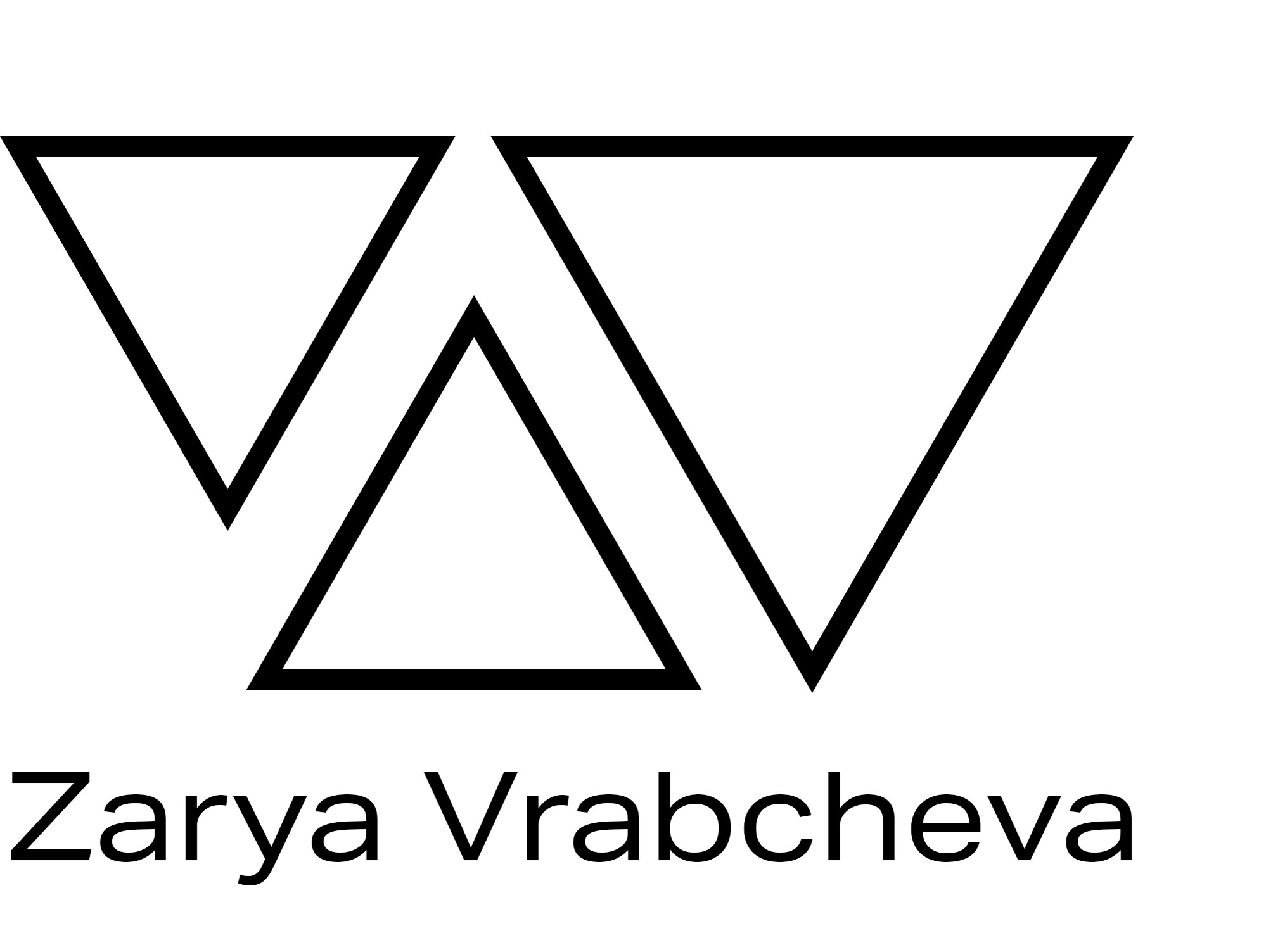Let them be helpless like children,
because weakness is a great thing,
and strength is nothing.
When a man is just born,
he is weak and flexible.
When he dies,
he is hard and insensitive.
When a tree is growing,
it’s tender and pliant.
But when it’s dry and hard,
it dies.
Hardness and strength
are death’s companions.
Pliancy and weakness
are expressions
of the freshness of being.
Because what has hardened
will never win...
A. Tarkovsky
Experiments with Earth
Revealing its various faces
Composing
Decomposing
Playing with transparency, colour, texture and form
Appreciating the honesty in the rawness and imperfections of the material
It is in our nature to be in transit and so should be the spaces we dwell in. Buildings very often live past the functions they were build for and adaptation and change through time are essential to preserve their enriching purpose. Population decline and vast centralization has left an increasing number of schools in Japan abandoned. In Kyoto only, 24 schools have closed down for the past five years and in the next five 30 more await to be deprived of children’s footsteps. Once primal sources of knowledge and experience to the youngest, these school are now embraced by silence and solitude, anticipating their destiny as hosts of new activities or disappearance into the ground. Soujin Elementary School is situated alongside the railway tracks of Kyoto city, which symbolically mark the border between the old, traditional town on the south and the modern, striving for innovation on the north. The school, built in 1873, has been abandoned for 5 years and another 6 from now it is about to become home of Kyoto City University of the Arts.
The shifting landscape will infect the interior through addition and subtraction, thus creating various spaces sculpted inside and outside the building. The entirely self-sustained site will be manipulated as a blank canvas, where the spaces are the art work itself. The research will grow into a proposal for re-generating an abandoned school into a fully-functional learning landscape, where students do not just occupy but are part of the processes in the building’s formation, stimulating their curiosity, imagination and empathy as an engine for creation, ingenuity and achievement.
The project is looking at developing a design proposal to re-adapt the building as an art university and speculate on the ever-changing face of education and the future look of the studio, the gallery, the workshop and their relationships with the artists and designers. This first stage of the project examines and surveys the existing building to understand the site and its context. Looking at the interior as a constantly changing and adapting living organism, this stage of the the project also explores the possibilities of building with a living and vernacular material - earth. Through a series of experiments, the traditional appearances of the material such as colour, shape, texture and transparency have been manipulated to explore further possibilities of designing with it and expose its diverse faces. The honesty in the rawness and irregularity of the material express the nature of Japanese traditional design philosophies and reflect in many ways natural life- provisional, fragile and undergoing continuous metamorphosis. It’s character allows re-formation in time and spatial evolution of the building throughout its existence, both preserving cultural identity and responding to future innovation.
The project is part of the 25th International Student Exhibition @KCUA gallery, Kyoto (10.12.14 - 21.12.14)
This is a research phase and work in progress for my final thesis project at the Royal College of Art.

